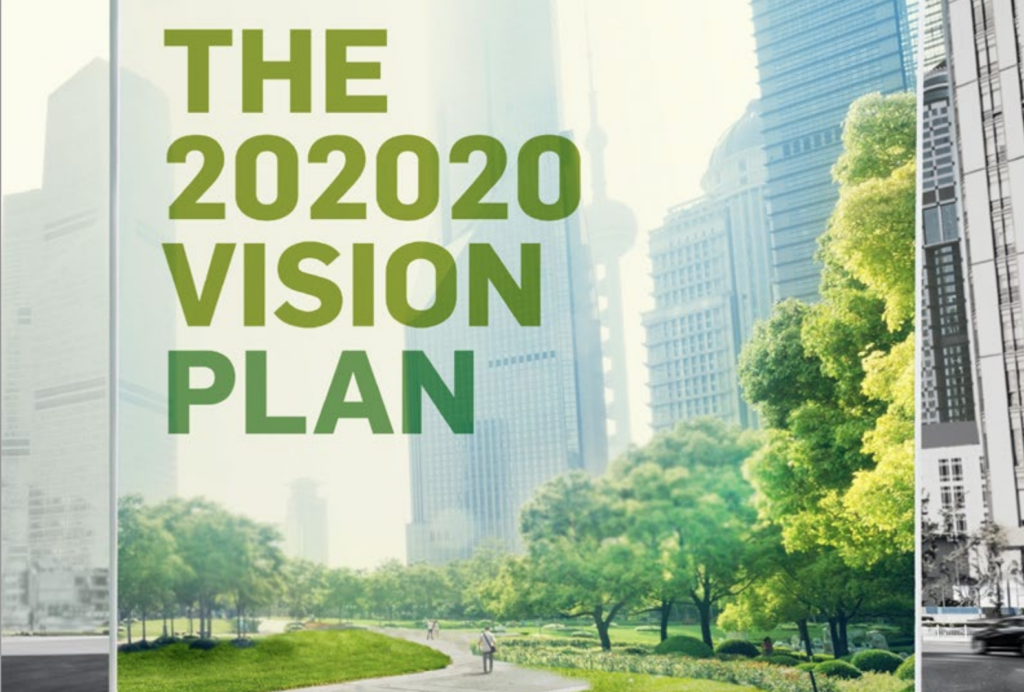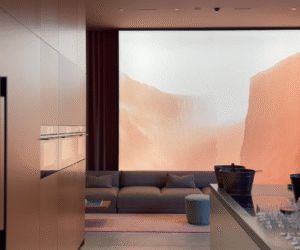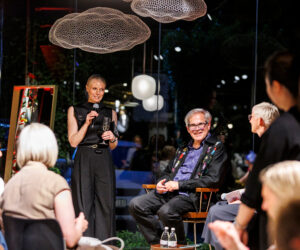Paint the city green: an Australian first action to increase urban green space
In an Australian first, the country’s largest urban greening network, the 202020 Vision has launched a national plan to see a 20% increase in currently declining urban green space by 2020.
Crowd-sourced from a brain’s trust of 500 cross-sector greening experts, The 202020 Plan showcases some of the most innovative, proven, scalable and replicable solutions needed to create meaningful and lasting change to green our cities.
“The 202020 Plan shows if you get industry and government leaders together to share their collective wisdom they can create simple, impactful pathways to reversing the urban greening crisis – it truly is collaborative impact at it’s best, said Dr Anthony Kachenko, Research and Development Team Leader, and Portfolio Manager at Horticulture Innovation Australia.
These are big changes that we need to see, which is why it was so important to ask our greening and planning experts to offer solutions that were proven and piloted, rather than ‘blue-sky thinking’, and as a result we have a plan of 20 simple pathways to the future,
Through the plan we now have the start of a compendium of urban greening strategies that is a must-read for every business, level of Government and community group in Australia that is playing a role to see our cities become healthy, productive, thriving places that can mitigate the effects of climate change.” commented Kachenko.
The solutions that inform The 202020 Plan were crowd-sourced during a national tour called Growing The Seeds. One of the most often cited projects, widely seen as a benchmark initiative within urban greening in Australia, was the City of Melbourne’s Urban Forest Strategy.
This ‘lynchpin’ solution, to create a White Label Urban Forest Strategy[1] for other local Governments to utilise, will be one of the first solutions from The 202020 Plan to be brought to life[2] and will be a step-by-step plan for Local Governments to create urban forests and tree covers.
Landscape Architect, Crosbie Lorimer, Director of CLOUSTON Associates argues that we can make significant contributions to urban forestry without the need for major new landholdings, by tackling smaller, possibly less ambitious increments, “The prime example of how to evolve the framework of an urban forest exists in the design, management and maintenance of our parks, waterways and streets.
Currently, many Local Councils are mowing square kilometres of grass ‘corners’ that are of no recreational value; by shifting the thinking towards replanting all of these ‘corners’, margins and corridors to native plantings, the benefits become obvious – enhanced environmental values, reduced maintenance costs, additional shade, climate change amelioration and higher land values, to name a few,
This focus on ‘making more of what we’ve got’ has been patchy at best and in some cases non-existent across our public realm. We need to go out in search of new opportunities that focus on a better integration of planning and design in our existing land resource – and define how it adds value to place, economy, environment and experience – as the promotion of Urban Forests is unlikely to be successful when pushing ecological values only,” commented Lorimer.
Dr Sheryn Pitman, Green Infrastructure and Sustainable Landscapes Project, Botanic Gardens of South Australia, who is also a 202020 Vision advocate who contributed to The 202020 Plan, says city planners, industry and governments are now starting to understand the need to re-imagine our urban habitats, “Each year more of us live closer together in large towns and cities and we are facing climatic and environmental pressures with growing alarm,
Across the vastness and diversity of Australia, each place differs; soils, weather, water, wildlife and pollinators vary enormously, and bringing together our diverse and growing knowledge is an exciting prospect.”
Collating this type of critical information is just one of the game-changing solutions discussed in The 202020 Plan, The Which Plant Where Database[3], of which work has already begun in South Australia in developing a prototype, The Plant Selector +.
The 202020 Plan also found that there is the need for ongoing baseline management, simple low-cost tools, greater and better cross-sector communication, and the urgent need to identify and coordinated funding opportunities to put these solutions in-motion.
To learn more about The 202020 Plan, and the individuals and groups working towards increasing our urban green spaces go to 202020Vision.com.au



